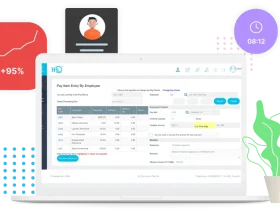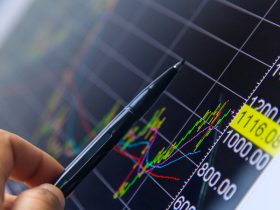Margin trading can be a powerful tool for amplifying your investment potential. But what exactly is margin trading, and how does it fit into your broader investment strategy? Let us explore this financial technique and how it can leverage your investments.
Understanding Margin Trading
Margin trading, or MTF trading (Margin Trading Facility), allows investors to borrow funds to increase the size of their trades. It involves using borrowed money to buy more securities than you could with just your capital. For instance, if you have ₹10,000 and use margin trading with a 2:1 leverage, you could potentially control ₹20,000 worth of stock. This increased buying power can magnify your potential gains and comes with greater risks.
The Mechanics of Margin Trading
You open a margin account with your broker when engaging in margin trading. This account allows you to borrow money to purchase additional securities, with the securities in your account as collateral. The goal is to benefit from favourable market movements. For example, if the price of your purchased stock rises, your returns are based on the total amount invested, not just your initial deposit.
However, margin trading is not without its risks. If the market moves against your position, losses can be amplified just as gains can. This is why having a solid understanding of the market and a clear risk management strategy is crucial.
Margin Trading vs. Automated Trading
Margin trading is often compared to automated trading, a system where trades are executed automatically based on predefined criteria. While both strategies aim to optimise investment returns, they operate differently. Automated trading leverages algorithms and software to execute trades efficiently, removing the emotional component from trading. On the other hand, margin trading involves manually deciding how much leverage to use and monitoring market conditions to make informed decisions.
Both methods have their advantages. Automated trading can offer precision and speed, while margin trading provides flexibility and control over how much leverage you apply. Investors might choose one based on their trading style, risk tolerance, and investment goals.
The Role of Margin Trading in Mutual Funds
Margin trading is typically associated with individual stocks and securities rather than mutual funds. However, understanding the dynamics of margin trading can help investors appreciate the different strategies available to them. On the other hand, mutual funds involve pooling money with other investors to invest in a diversified portfolio managed by professionals. This can offer a more stable and less risky investment approach compared to the high stakes of margin trading.
A Balanced Approach
Your investment strategy can benefit from margin trading, but it must be balanced. You must evaluate your risk tolerance and financial goals. Margin trading leverages investments by amplifying returns with borrowed funds. You must compare its risks and benefits to other investment options like mutual funds to ensure a strategy that matches your financial goals and risk appetite. Successful investing requires a well-informed strategy, whether you use margin trading or a traditional approach.










